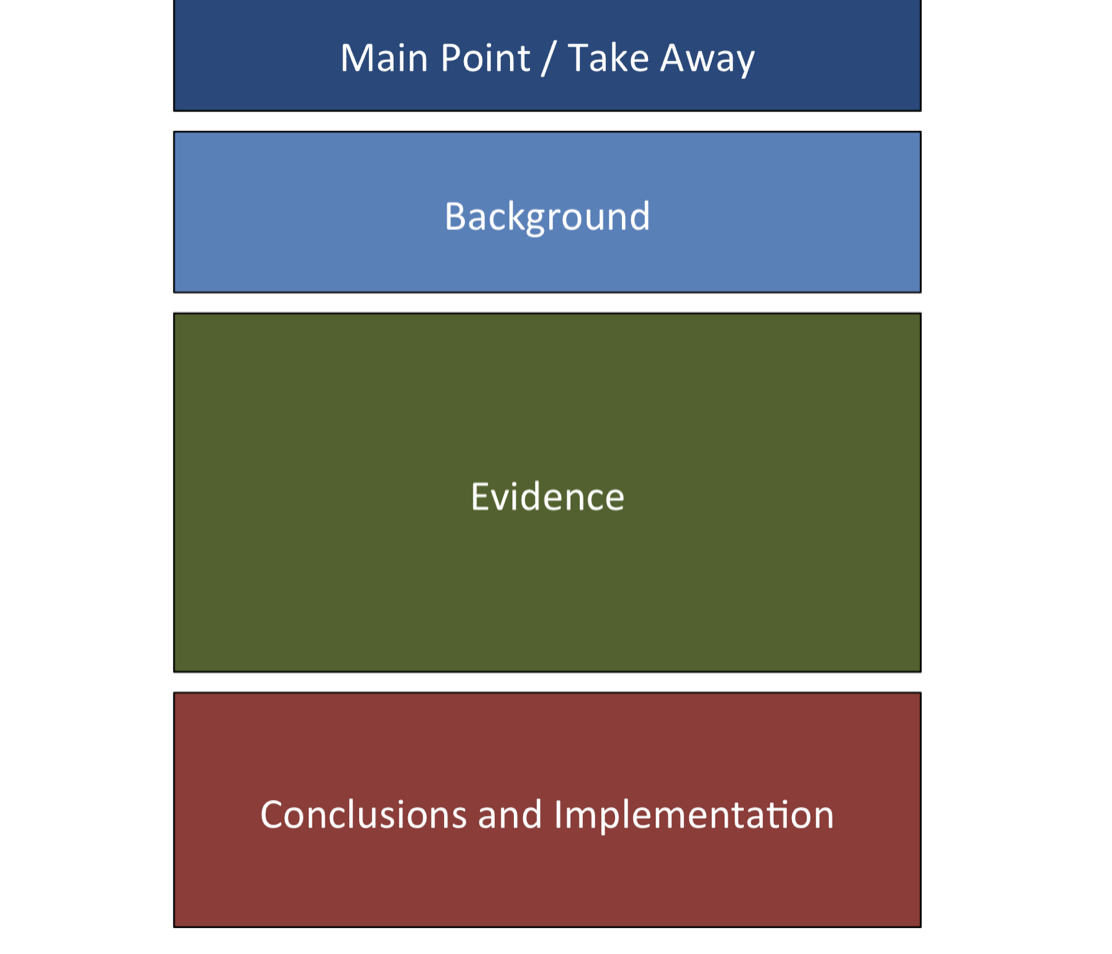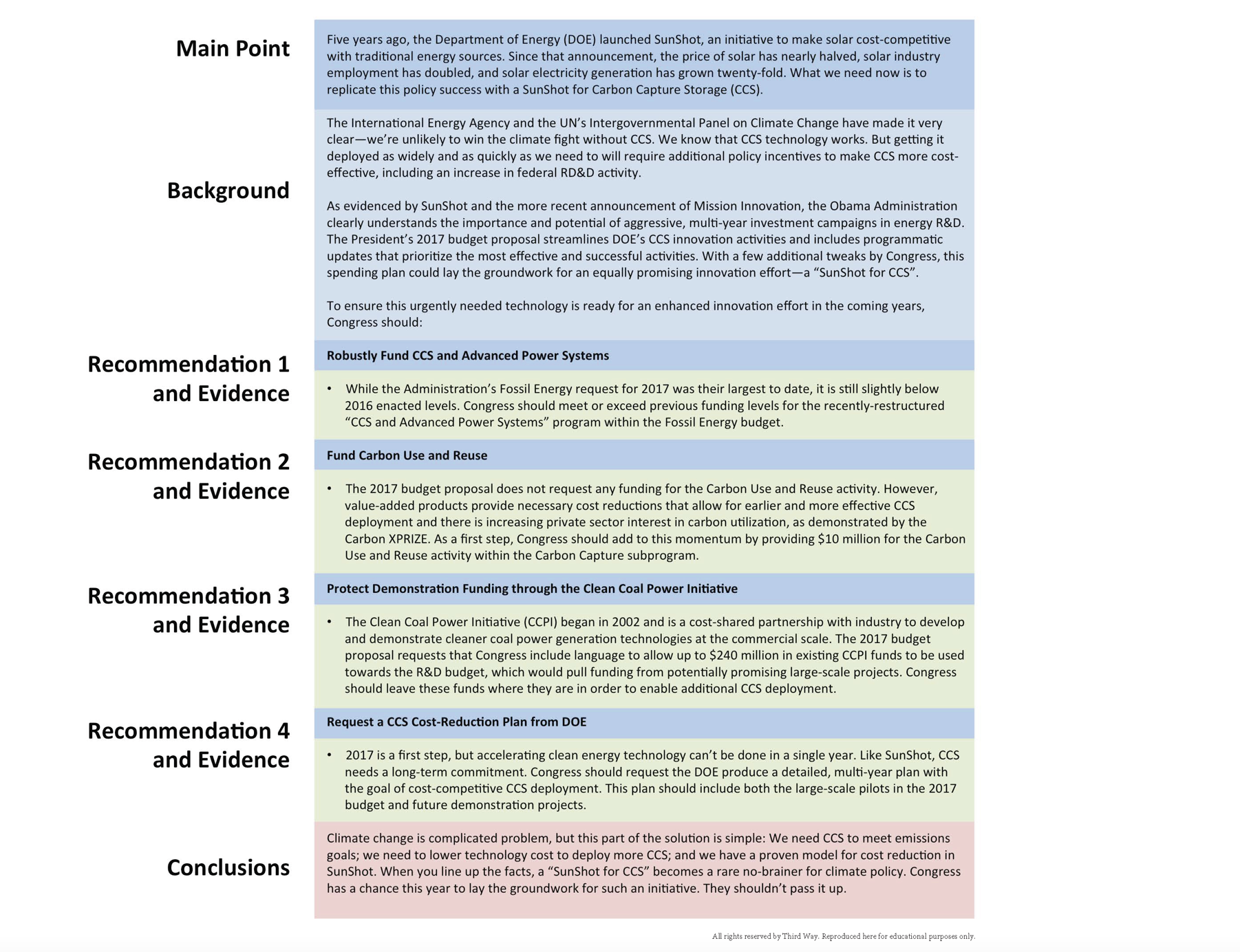I recently came across some excellent policy communication advice from the Broad Institute.
I’ve tried to distil the major points into short checklists. I know many people don’t like to read, so a short SOP may help.
You’ll find three below.
Public Policy Communication
-
Research the audience
-
Voting record
-
Positions
-
Past statements
-
-
Put your argument in terms that resonate with them. This is usually not what motivates you.
-
Be concise and specific
-
Put the bottom line first.
-
Be clear and concise.
-
1 page, or
-
A 15-minute conversation
-
-
Make specific recommendations
-
What to do from A-Z
-
-
-
Write for a non-technical audience
-
Avoid discussing the research
-
Use the right analogy to explain the data]
-
This takes time, and it is not easy
-
Set aside time
-
Use specific stories to explain the data
-
-
Eliminate jargon and acronyms
-
All disciplines use a language that only they can understand
-
Translate your language so your target audience can understand it
-
Be careful when you use a word that has a different meaning for the general population that it does for you
-
-
-
Rehearse
-
You have one chance to make your case; make it count
-
Make sure your words flow naturally
-
Source:https://mitcommlab.mit.edu/broad/commkit/public-policy-communication-introduction/
Policy Elevator Pitch
You spend a lot of time pitching your position.
-
Some good criteria for a successful pitch are:
-
Put the bottom line up front. Start with what you want them to do.
-
Use a short analogy instead of facts and statistics.
-
Connects with the interests or values of the policy maker.
-
Do it in 30 seconds or less.
-
-
What are you looking to communicate: Your policy focused elevator pitch includes:
-
A recommendation that you want a policymaker to act on
-
What should they do
-
What the results of that action will be
-
It is not detailed focused. That comes after they become interested.
-
Use at the start of the meeting
-
-
Analyse your audience
-
Your goal is that the listener replies, “Interesting – tell me more”.
-
Content and delivery reflect your specific audience.
-
-
Skills.
-
The pitch content is determined by these the answer to these questions
-
What am I meeting with or talking to this person?
-
What will be the most interesting thing I can say to this particular person?
-
How can I best frame my work to connect with their values or interests?
-
Tailor-made for each meeting. Select compelling information for the specific person you are meeting.
-
-
Use simple language and natural delivery
-
How you write and how you speak are different
-
Keep it simple
-
-
Be concise
-
Prepare/draft the points you’ll say to this question “So what can I do for you?’
-
Make sure you can say the answer in 30 seconds or less
-
How to do this:
-
Step 1: Write down a short description of your position
-
Step 2: Bold the most important words or concepts
-
Step 3: Combine the rearranged words to create a concise narrative while adding as few extra words as possible
-
Step 4: Add the What?, Why? and Impact? What do you want them to do, why should they do it, and for the end, what will the impact be?
-
Step 5: Write out the pitch and revise
-
Step 6: Finish the editing and practice, so you are comfortable
-
-
-
Policy Memo
You’ll spend a lot of your time writing policy memos. If you want them to be read and your ideas taken up, here are some good suggestions.
-
What does a good memo look like:
-
-
Bottom line up front. Start with your most important recommendations.
-
Provide relevant and concise background. Ask yourself, what is the issue being briefed on, and why is it important to the reader? Don’t assume the official/politician have previous knowledge of the topic.
-
Put the evidence that supports your recommendations/conclusions.
-
Implementation and Recommendations. Provide a blueprint for implementing your recommendations. Be specific.
-
-
Framework
Your policy memo will follow a framework that looks like this:

-
Purpose
-
Your policy memo will be a summary of relevant information or a recommendation for a policymaker to implement.
-
You should provide the pros and cons of the recommendations.
-
Distil the key points down into one page so that a policymaker can make a decision.
-
Skills
-
Anticipate the reader’s behaviour and organise the memo for the audience, not for you.
-
Divide the memo into sections and use the headers to convey the main points of the section.
-
Don’t bury the most important point. Make it the first sentence in a paragraph. The rest of the paragraph can support or expand on the point.
-
Use separate paragraphs and spacing for each important point, so they are not missed by the reader.
-
-
Use figures and tables where appropriate. Options include:
-
Text with data
-
Text with table
-
Text with figures
-
Text with takeaway
-
Source: https://mitcommlab.mit.edu/broad/commkit/policy-memo/
An example

Source: https://mitcommlab.mit.edu/broad/wp-content/uploads/sites/5/2017/12/Policy-Memo-AAE-1-Light.png›
https://mitcommlab.mit.edu/broad/commkit/policy-memo/
Excellent public policy tips. Thank you.